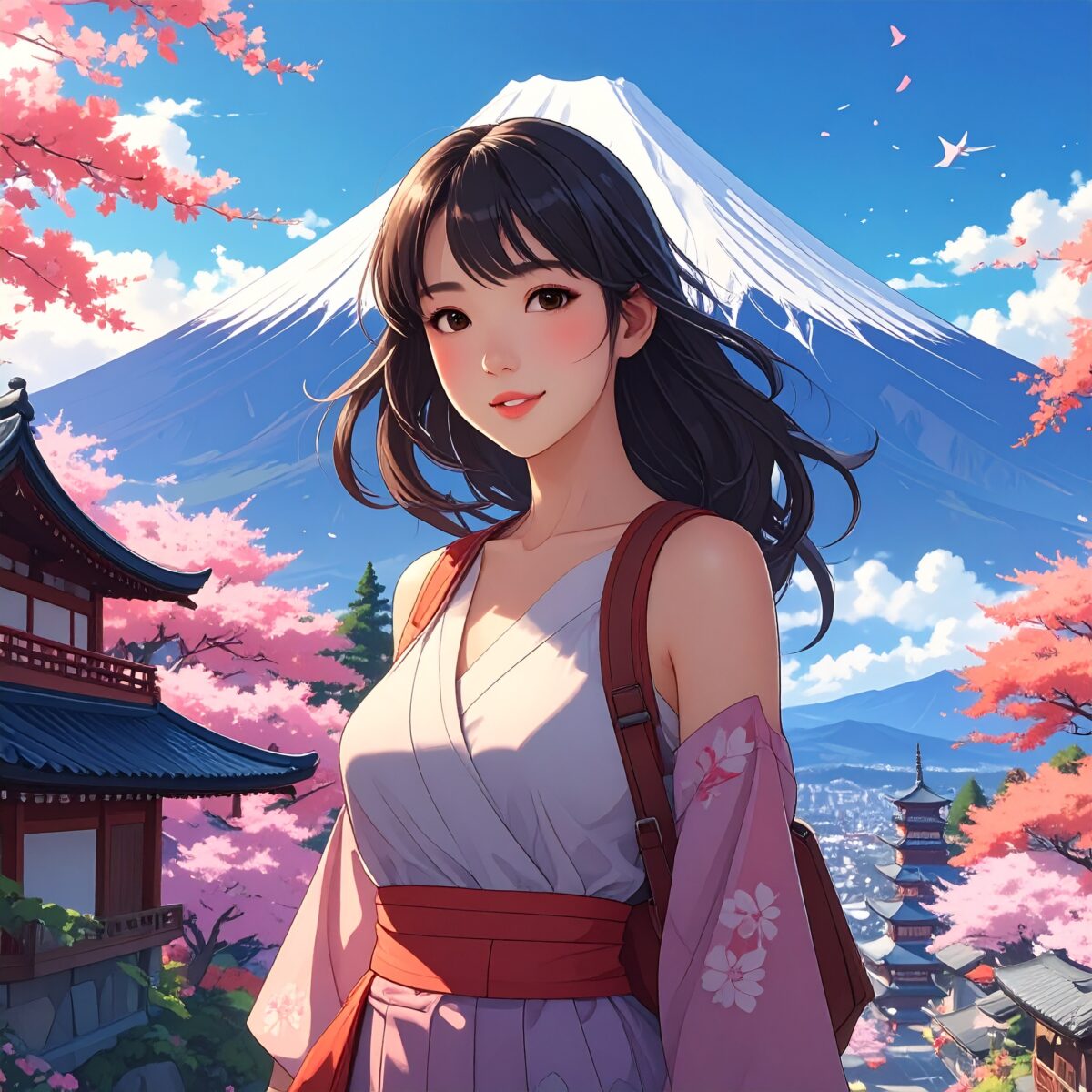When I visited Japan for the first time, the thing that shocked me the most wasn’t a temple or sushi—it was a drugstore. What I thought would be a quick stop at a small shop near my hotel turned into a three-hour adventure. I never imagined I’d spend so much time in a store selling daily necessities, but Japanese drugstores have a fascinating charm—a unique blend of the ordinary and the extraordinary.
The first thing that amazed me was the sheer variety and specificity of the products. There were over a dozen kinds of toothpaste, pain relief patches organized by effect, and shelves of shampoos and sunscreens categorized by scent and ingredients. Everything was neatly arranged, with detailed descriptions on each package. Handwritten signs and mini tips on the shelves made browsing feel like walking through a carefully curated exhibition.
What truly captivated me was the skincare section—especially the face masks and serums. While beauty products are common in Korea and Taiwan, Japanese items seem designed not just for results, but for the joy of using them. Seasonal editions, different scents, and formulations for various skin concerns made each product feel like a discovery. With ample testers and minimal staff intervention, the space offered a quiet freedom that melted away the pressure of travel.
The pharmaceutical section was equally overwhelming. Cold medicine, stomach remedies, eye drops, pain patches—every item was clearly packaged, and even without reading Japanese, icons and color codes helped me understand their use. The eye drops and patches, in particular, were unlike anything I’d seen abroad. I began to understand why these everyday items make such popular souvenirs.

In the daily goods section, I found travel-sized detergents, disposable underwear, portable humidifiers—items that, while not obviously aimed at tourists, seemed perfectly attuned to the kinds of small needs one encounters while traveling. It felt as though the store had anticipated my unspoken thoughts. This thoughtful range of practical products gave me a glimpse into the Japanese way of living—intuitive, detailed, and considerate.
Near the checkout, I noticed signs for tax-free shopping, and more stores now offer multilingual staff. Even the way items were wrapped after purchase was notable. Cosmetics, for example, were discreetly packaged and handed over in sealed bags. Every step of the process felt gentle and intentional, making the act of shopping itself a form of hospitality.
You won’t find Japanese drugstores listed in tourist guidebooks, but I came to realize they are among the best places to experience the real Japan. Everyday goods line the shelves, infused with the presence and culture of those who live and work there. After hours of exploring sightseeing spots, it’s in these humble storefronts where one may encounter the true essence of a journey.
The time I spent there—though unplanned—was anything but wasted. In fact, I believe it was where I felt closest to the atmosphere of Japan. As I packed my suitcase with the items I had purchased, I quietly promised myself that on my next visit, my first stop would once again be a drugstore. That unexpected moment taught me that sometimes, the heart of travel lies not in the grand sights, but in the simple discoveries we didn’t know we were looking for.




